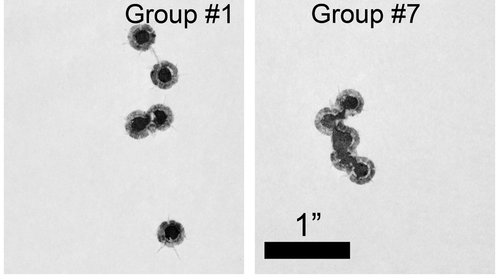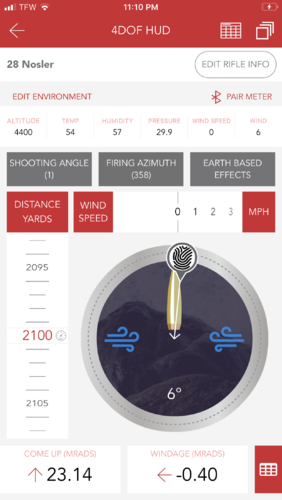AlaskaHunter
Well-known member
I am a big fan of Erik Cortina.
He posted this youtube video about a week ago
Precision Reloading is easy. You complicate it!
He posted this youtube video about a week ago
Precision Reloading is easy. You complicate it!





